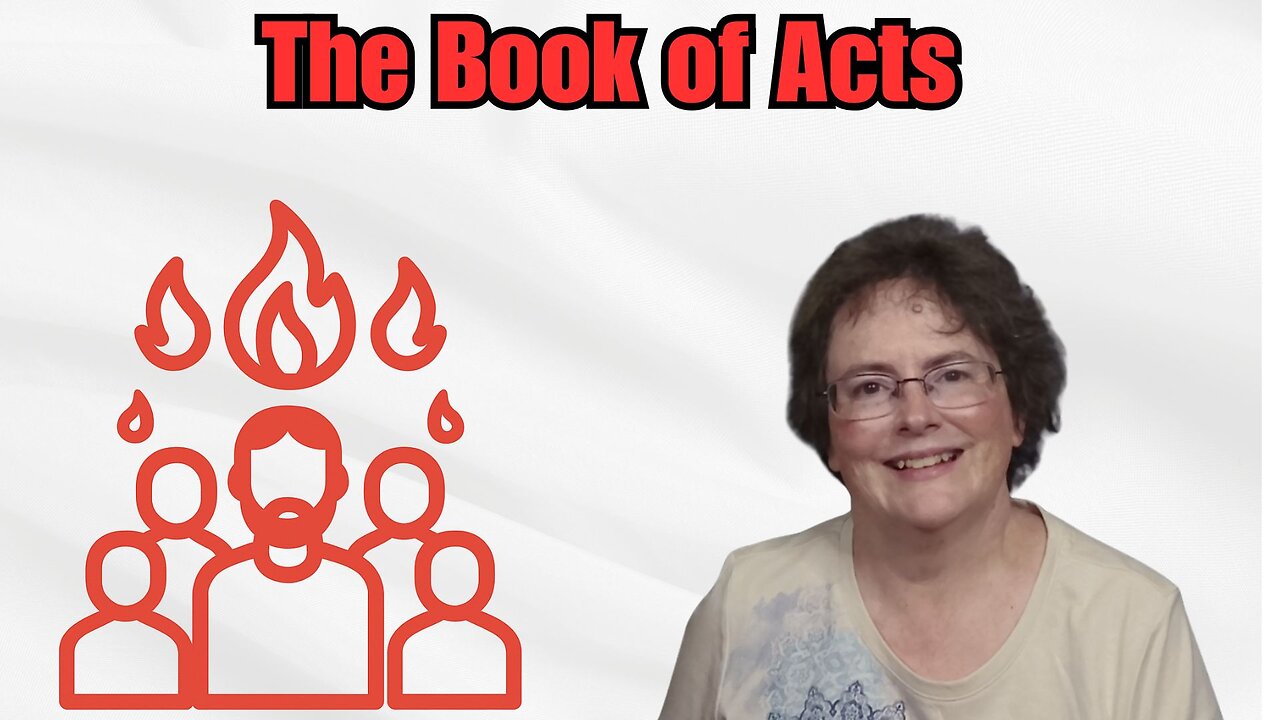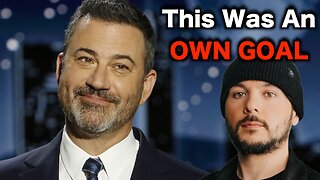Premium Only Content

Book of Acts: How the Church Began
n this episode, we take our first step into the powerful and action-packed narrative of the Book of Acts. Picking up right where the Gospel of Luke leaves off, Acts is more than just a continuation—it’s a mission in motion. With warmth and clarity, we explore how Acts serves as both a sequel to the life of Jesus and a launchpad for the global church. This isn’t just history—it’s the story of ordinary people, empowered by the Holy Spirit, transforming the ancient world.
Top Topics:
Acts as a Sequel to Luke
We begin with the connection between Luke and Acts—two volumes written by the same author, possibly a Gentile named Luke. Written to Theophilus, a name that means “lover of God,” Acts begins at the resurrection of Jesus and traces the explosive growth of the early church.
The Three-Part Structure of Acts
We examine how Acts can be divided: the birth of the church in Jerusalem, its spread into Judea and Samaria, and finally its expansion to the ends of the known world. Alongside this, we look at the dual leadership of Peter and Paul that defines the two major halves of the book.
A Church for All Nations
Acts speaks directly to a Gentile audience. We explore how Luke makes the message of Jesus accessible to people unfamiliar with Jewish history, emphasizing the inclusivity of the gospel. This was a multicultural, multi-ethnic church from the beginning.
The Role of the Holy Spirit
The Holy Spirit is a central character. We discuss how Luke portrays the Spirit not just as a temporary guide but a permanent presence, transforming regular people into courageous witnesses spreading the gospel across borders.
Cultural Tensions and Roman Politics
We consider the real questions faced by the early church: Can Gentiles be full members? Do they need to follow Jewish law? What happens when Roman authority challenges the faith? Acts records these conversations with remarkable honesty and historical insight.
Takeaways:
Acts is about movement—of people, of ideas, of God’s Spirit. It challenges us to see our faith not as something static, but as something that moves with us into the world. It reminds us that the church was never meant to be confined to one group, location, or era. Instead, it was built to expand, to cross boundaries, and to reflect the heart of God for every nation.
It also invites us to trust the credibility of our faith. Luke's careful research and eyewitness interviews underscore that these events were real, witnessed, and transformative. This is not just the story of the early believers—it’s our story too.
-
 21:15
21:15
Actual Justice Warrior
13 hours agoJimmy Kimmel DECLARES Victory
5.03K19 -
 49:42
49:42
Liz Wheeler
15 hours agoWHO is Behind ANTIFA? | Ep 176
31.2K12 -
 8:30
8:30
MattMorseTV
16 hours ago $7.61 earnedThis just ENDED Newsom's CAREER.
157K52 -
 17:11
17:11
Nikko Ortiz
13 hours agoIs Poverty Your Fault?
10.7K11 -
 41:10
41:10
The Connect: With Johnny Mitchell
4 days ago $9.89 earnedInside The Sinaloa Cartel's Fight For Survival: How Mexico's Oldest Cartel Is Making It's Last Stand
40.7K16 -
 1:44:47
1:44:47
Side Scrollers Podcast
1 day agoKimmel RETURNS + Twitch University + More! | Side Scrollers
60.2K8 -
 5:43
5:43
GritsGG
1 day agoBest Way To Get Specialist EVERY Game!
34.2K2 -
 LIVE
LIVE
Lofi Girl
2 years agoSynthwave Radio 🌌 - beats to chill/game to
249 watching -
 6:48
6:48
Buddy Brown
13 hours ago $13.32 earnedWatch What Happens When you Set up a "Charlie Tent" at HBCU! | Buddy Brown
167K68 -
 3:02:05
3:02:05
FreshandFit
14 hours agoObese Black Girls Got Triggered Over THIS...
124K114